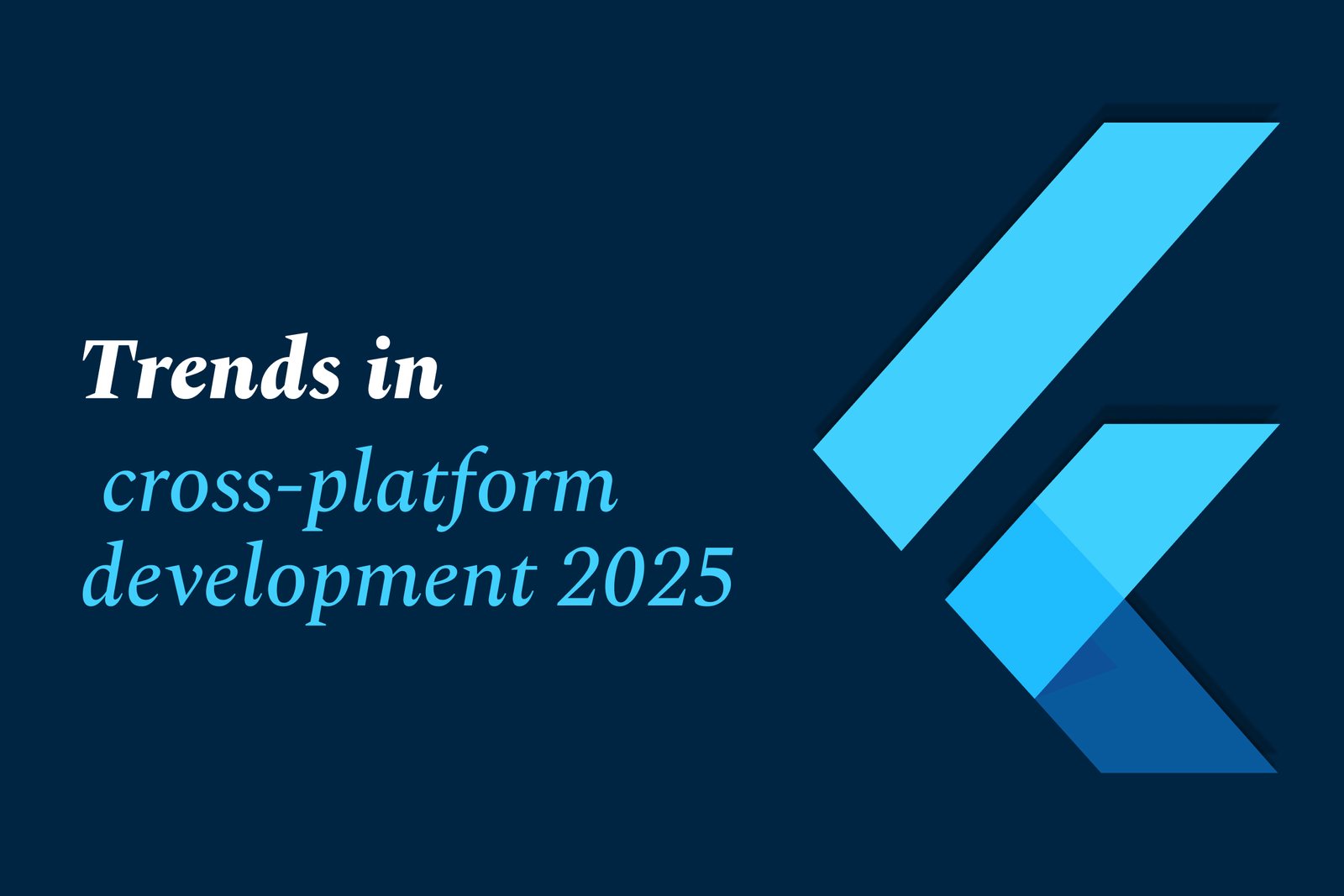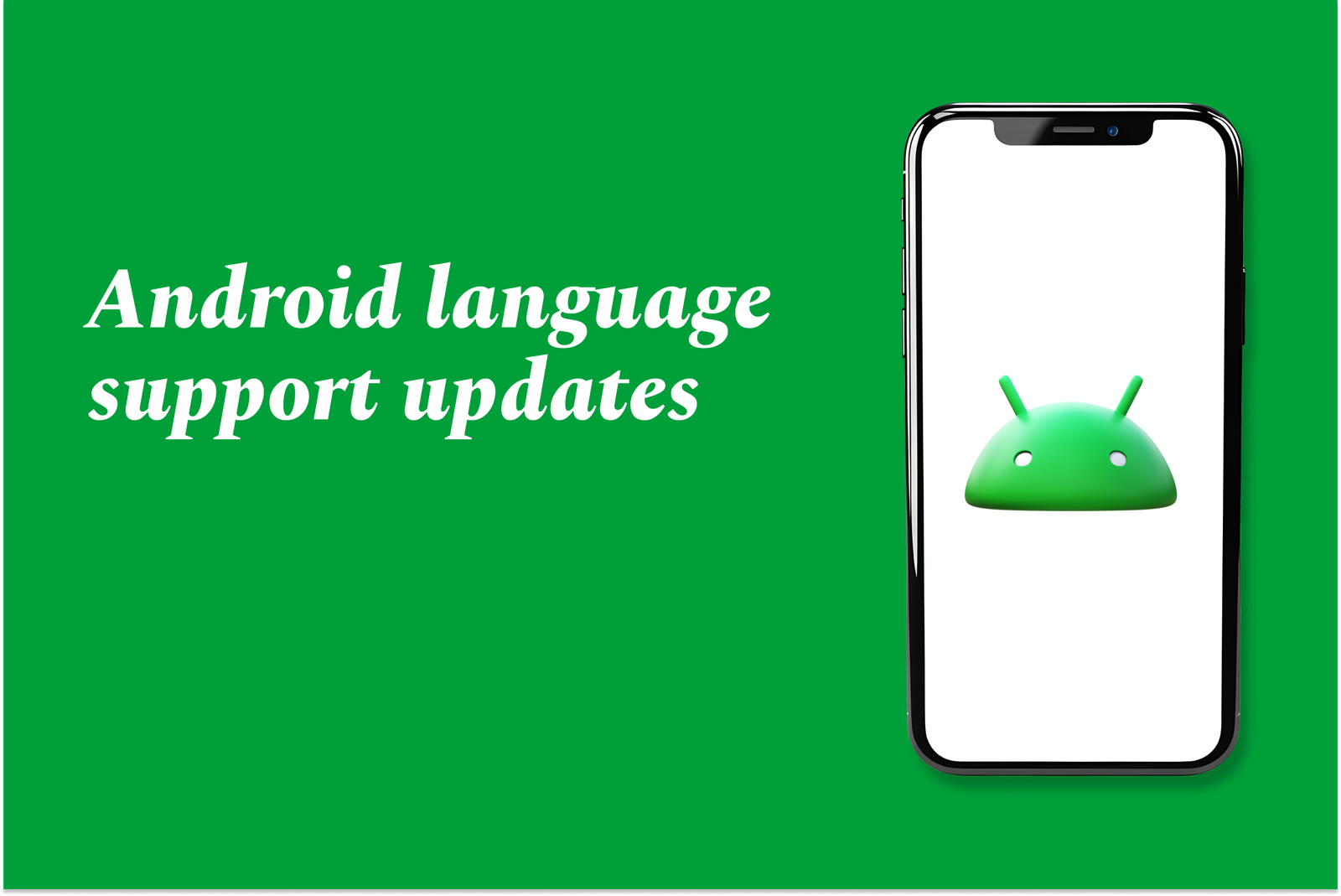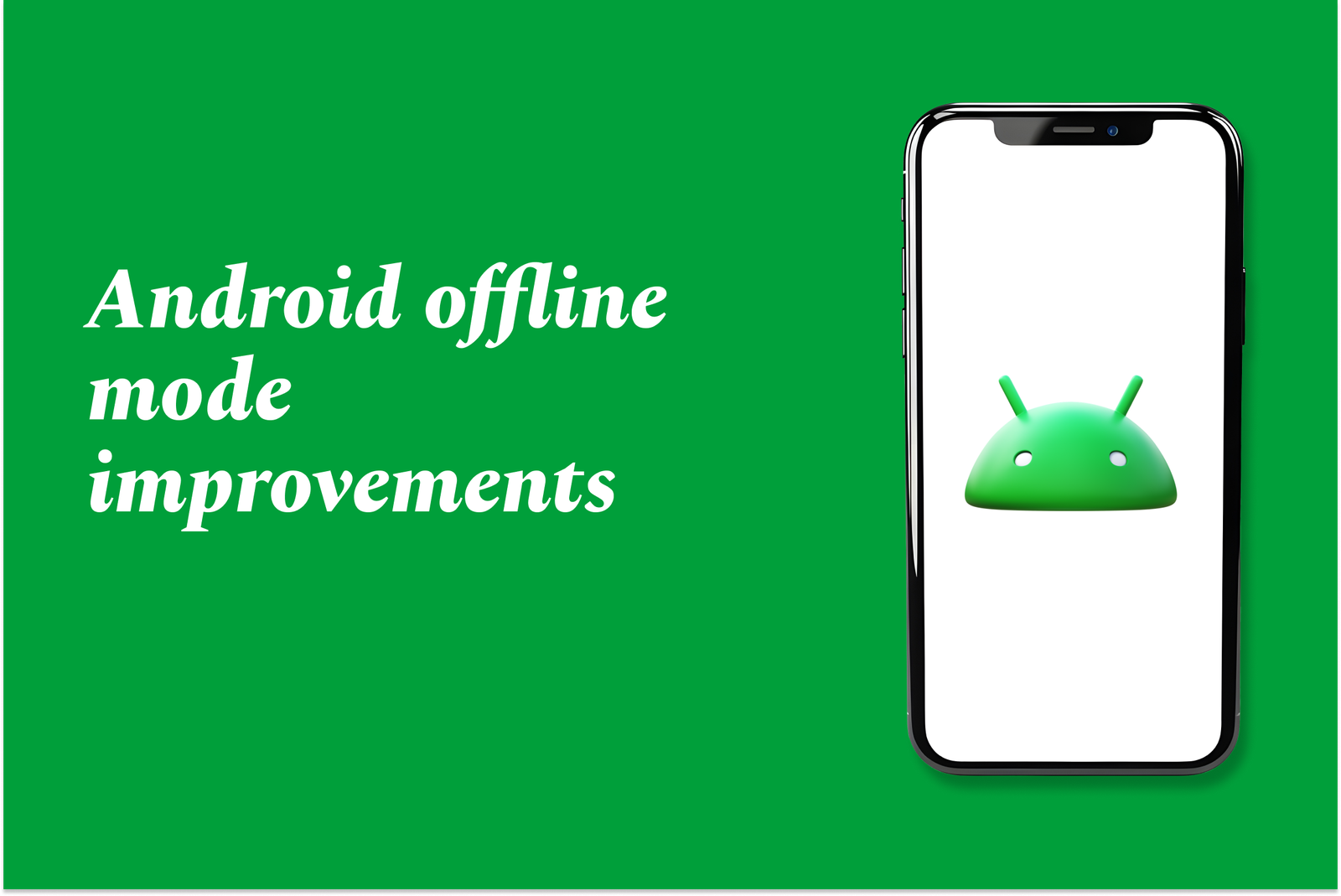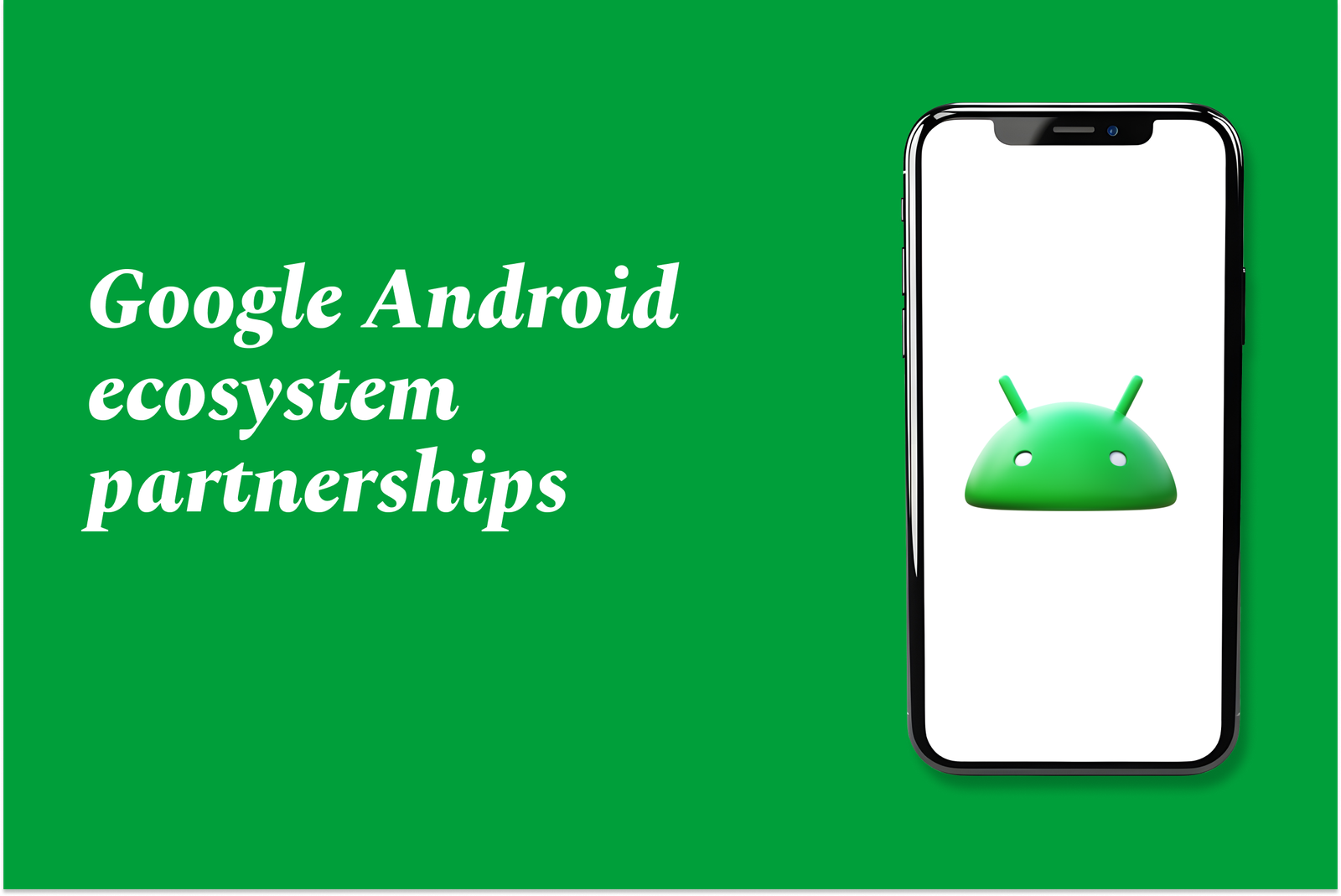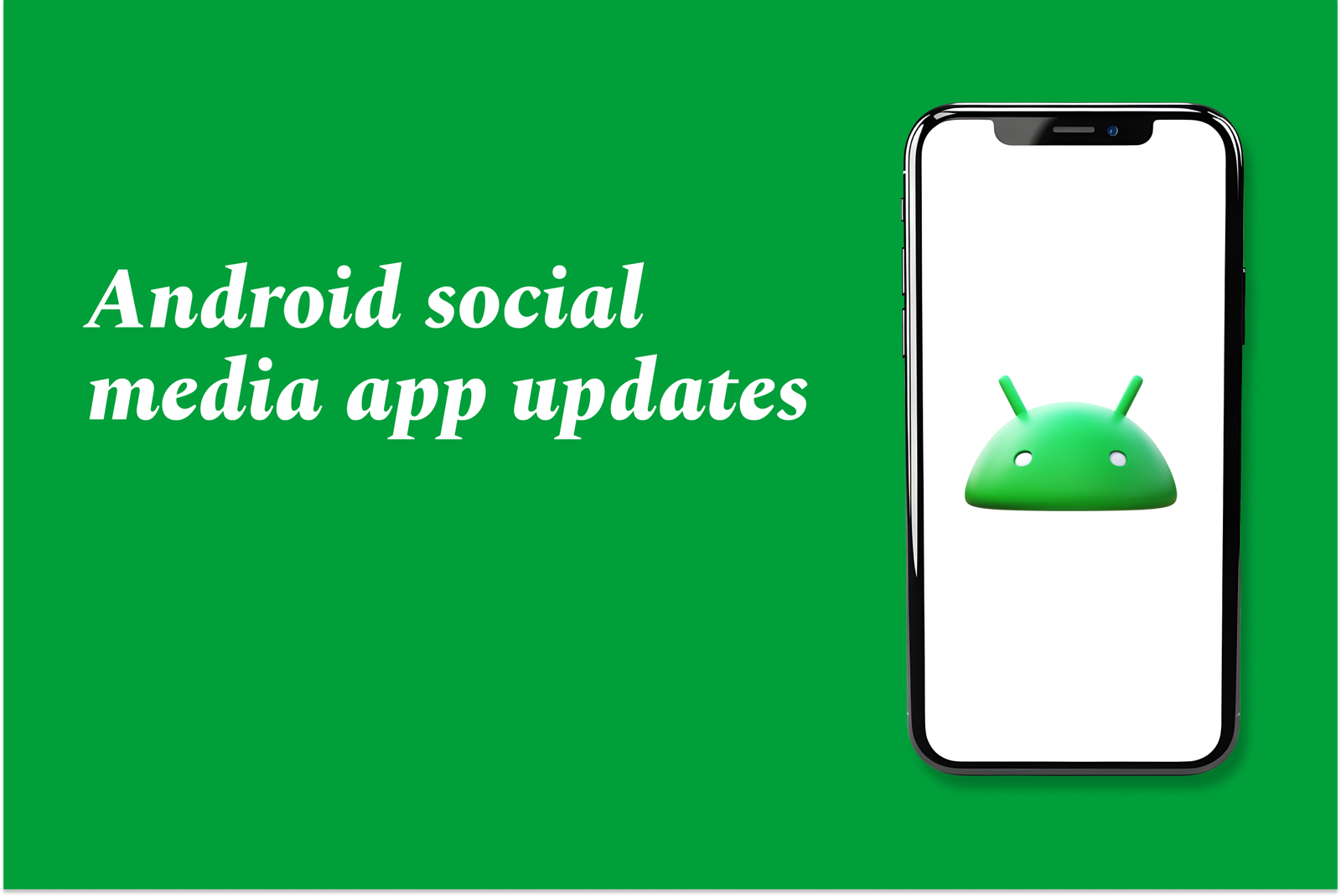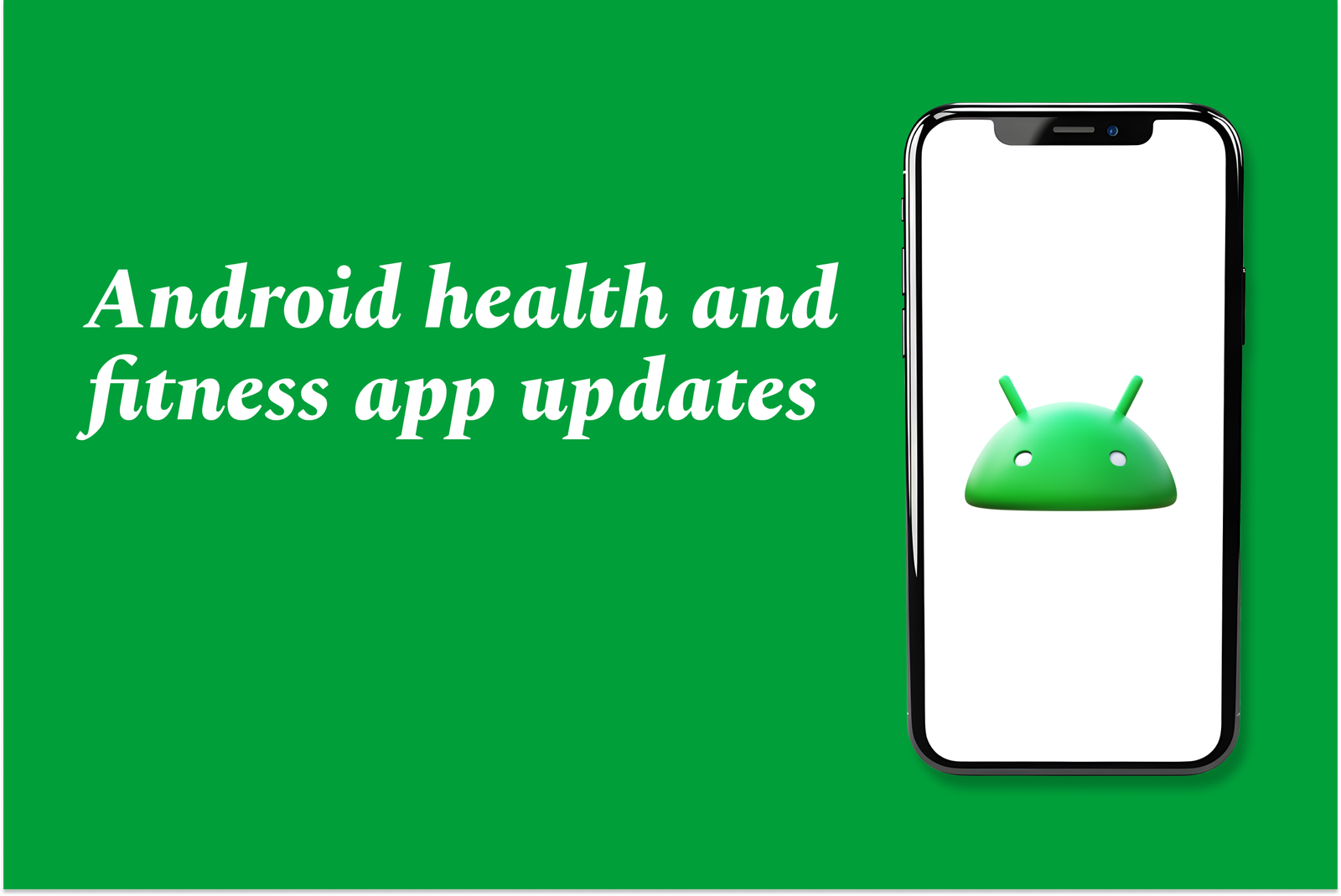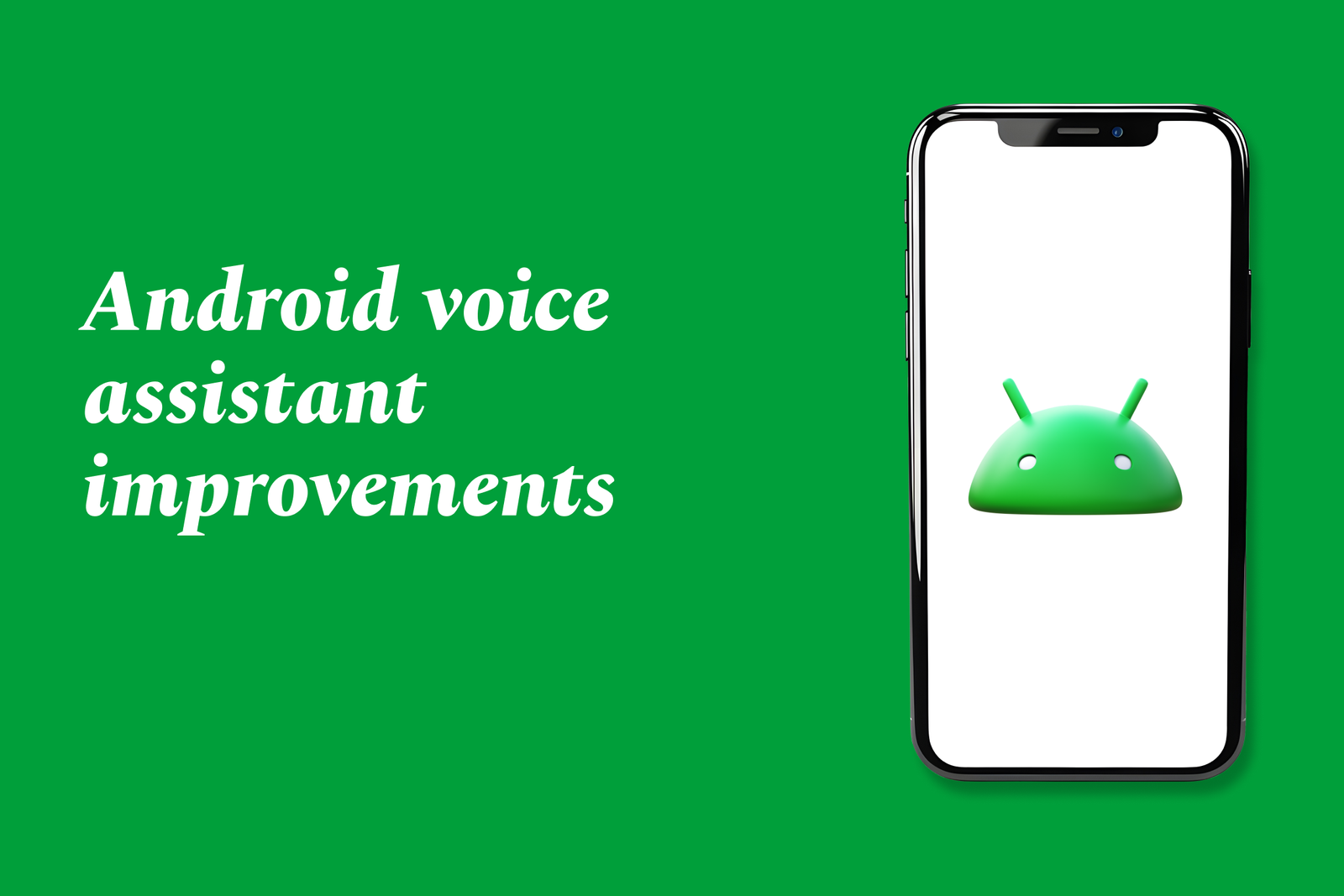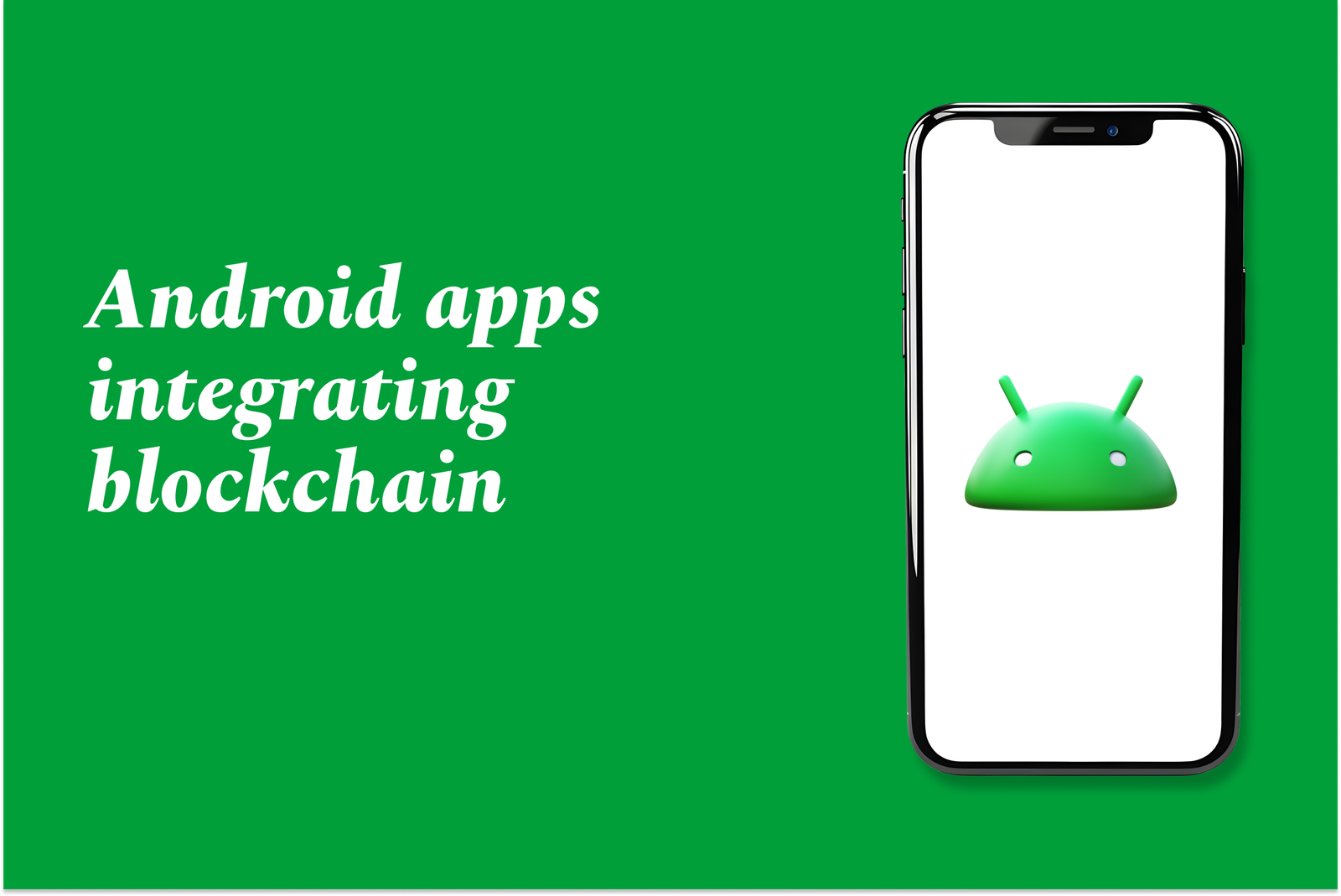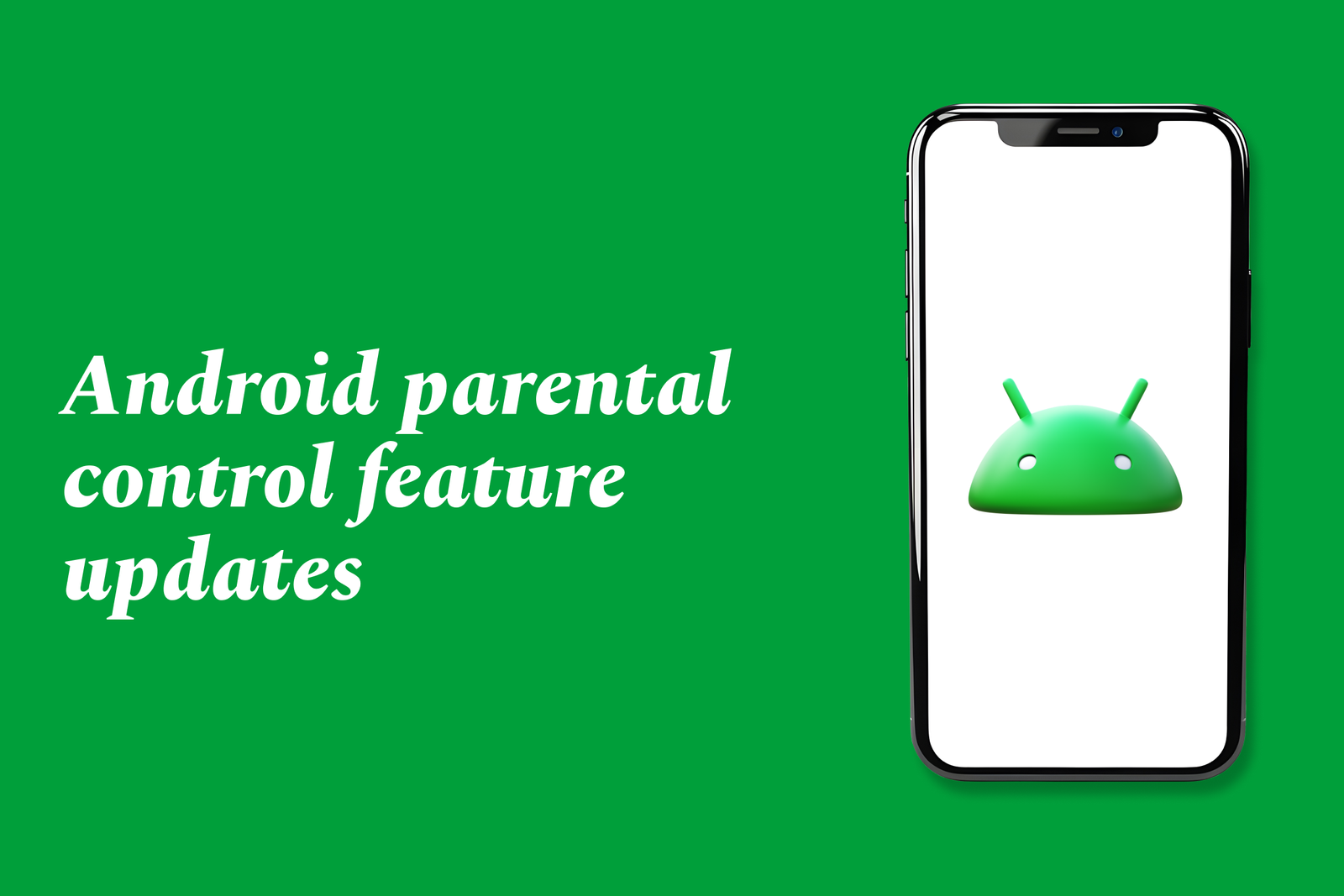Trends in Cross-Platform Development 2025
In 2025, cross-platform development focuses on unified codebases using frameworks like Flutter and Kotlin Multiplatform, enabling faster, scalable apps across mobile, web, and desktop. Rising AI integration and low-code tools also shape efficient, versatile app creation.
Trends in cross platform development 2025
1 ) The Growing Importance of Cross Platform Development
Cross platform app development continues to gain traction as it enables developers to build applications for multiple platforms (Android, iOS, web, desktop) from a single codebase. This approach reduces development time and costs while allowing broader reach.
2 ) Leading Cross Platform Frameworks to Watch
Flutter: Google's open source UI toolkit supports mobile, web, and desktop apps. Its hot reload feature, independent rendering engine, and Material Design support make it popular for fast, expressive UI development.
React Native: Maintained by Meta, it uses JavaScript and React principles to build natively rendered mobile apps with a focus on UI performance, strong debugging tools (Flipper), and a large developer community.
Kotlin Multiplatform (KMP): JetBrains’ open source solution allows code sharing across platforms while retaining native programming benefits, supporting gradual adoption of shared Kotlin code alongside native code.
Other notable technologies include React.js for web and Node.js for backend scalability.
3 ) Emerging Trends in 2025 Mobile App Development
Low Code/No Code Solutions: Rapid prototyping and small projects benefit from these platforms (e.g., Bubble, Adalo) due to their speed and cost effectiveness but face limitations in customization and scalability.
Cross Platform Scalability: For mature, scalable products, open source cross platform frameworks with customizable, high quality codebases are preferred. These offer long term reliability and efficient development workflows.
Enterprise Level Technologies: Fully validated business models often require robust backend systems capable of supporting millions of users, often integrated with cross platform frontends for agility.
4 ) Flutter’s Expanding Ecosystem and Capabilities
Flutter is extending beyond mobile to become a comprehensive solution for web and desktop, with enhanced native platform integration (Windows, macOS, Linux), performance optimizations (rendering, memory management), and developer experience improvements (DevTools, hot reload). Its versatility is demonstrated in apps like MyBMW, Alibaba, Google Pay, and iRobot.
5 ) Kotlin Multiplatform’s Strategic Role
KMP, supported heavily by JetBrains, advances as a strategic framework allowing developers to share code while writing platform specific native modules as needed. Its integration with Compose Multiplatform UI is a potential growth driver. Despite challenges from platform ownership (Google & Apple), KMP's strong leadership and technical foundations position it as a key player.
6 ) Key Considerations for Choosing a Cross Platform Framework
Project maturity and scale: Choose low code/no code for prototypes; opt for open source frameworks for scalable, long term apps.
Development expertise: Frameworks like Flutter and React Native require more advanced skills versus no code solutions.
Performance and customization needs: Cross platform frameworks offer high customizability but must be balanced with initial setup complexity.
Enterprise readiness: Backend scalability and integration ability are critical for large business applications.
7 ) Programming Languages Driving 2025 Mobile Development
Dart for Flutter, Kotlin for KMP and Android native apps, and JavaScript/TypeScript for React Native and web apps dominate.
Languages supporting AI workloads, performance optimization, and security are increasingly prioritized due to rising AI integration in mobile apps.
Summary:
In 2025, cross platform development evolves with enhanced frameworks like Flutter and Kotlin Multiplatform enabling developers to deliver performant, scalable, and feature rich applications across multiple platforms from shared codebases. The rise of AI integration and enterprise scale needs further shapes development choices toward robust, customizable cross platform solutions beyond simple low code prototypes. Careful selection based on project goals, team skills, and scalability requirements remains essential.
https://justacademy.in/news-detail/flutter-web-is-now-production-ready:-key-announcements
https://justacademy.in/news-detail/flutter-vs-ionic-2025-performance
https://justacademy.in/news-detail/speech-recognition-in-flutter-using-ai
https://justacademy.in/news-detail/what’s-deprecated-in-flutter-2025
https://justacademy.in/news-detail/new-material-3-support-in-flutter-ui-toolkit
Related Posts
Android language support updates enhance the platform by enabling modern Java 8 features like lambdas and method references within Android Studio, improving code efficiency and developer experience without needing the Jack compiler, streamlining app development and build processes.
In 2025, Android enhances privacy with stricter app permissions, improved data encryption, and advanced APIs that give users greater control over their data. System updates focus on secure media handling and transparent, developer-friendly tools to protect personal information seamlessly.
Android offline mode improvements enhance app usability by allowing users to access content and features without an internet connection. These updates enable pre-downloading data, reduce dependency on continuous connectivity, and improve user experience during travel or in low-network areas.
Google Android ecosystem partnerships unite device makers, developers, carriers, and enterprises to build a flexible, secure platform powering billions of devices worldwide. These collaborations drive innovation, expand app access, and enhance user experiences across diverse Android-powered products.
Android social media app updates enhance user experience with improved features like real-time notifications, AI-driven content discovery, expanded communities, and better multimedia support. These updates ensure smoother interactions, faster info sharing, and more personalized social networking on mobile devices.
Android health and fitness app updates focus on improved data sharing, personalized coaching, and enhanced tracking across devices. Key apps like Health Connect, Samsung Health, and Google Fit offer better privacy controls, seamless integration, and support for diverse wellness goals.
Android's multi-user feature lets multiple people have separate profiles on one device, keeping data and apps separate. Recent updates improve user switching, address bugs like Wallet issues, and optimize performance by suspending inactive profiles for smoother multitasking.
Android voice assistant improvements enhance hands-free control by integrating smarter, more natural voice commands in Android Auto and CarPlay. Upgrades include better music navigation, AI-powered icon recognition for accessibility, and solutions for seamless connectivity, boosting safety and usability.
Android apps integrating blockchain leverage decentralized technology to enhance security, transparency, and trust in transactions and data management. These apps enable secure payments, identity verification, and supply chain tracking, revolutionizing mobile experiences across industries.
Android parental control updates enhance child safety by offering real-time monitoring, app notifications sync, screen time limits, app blocking, precise GPS tracking, and location alerts, enabling parents to manage and protect their children's device usage more effectively and securely.
